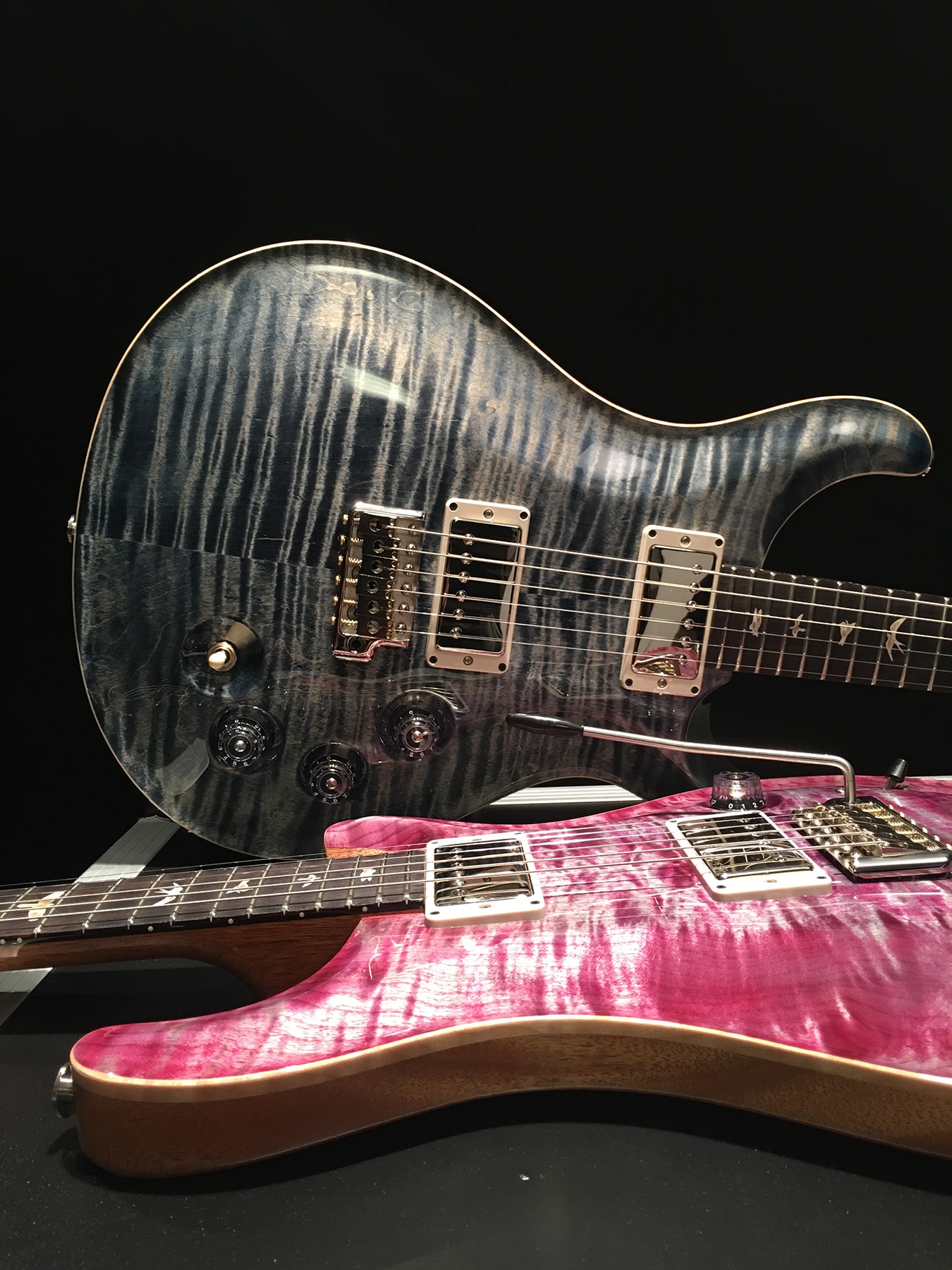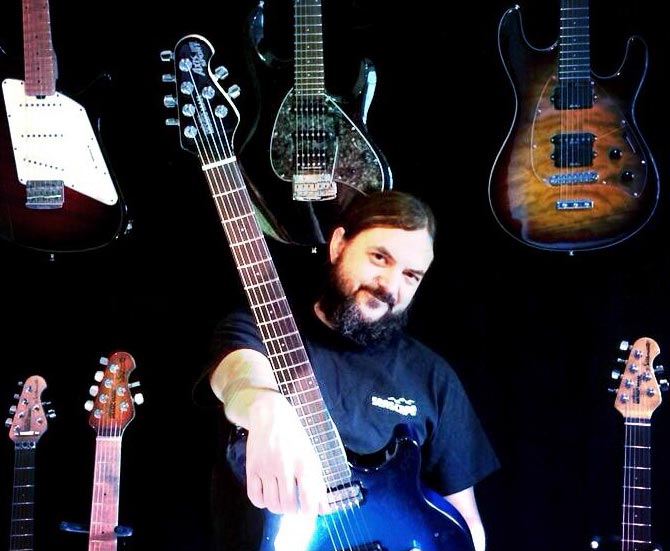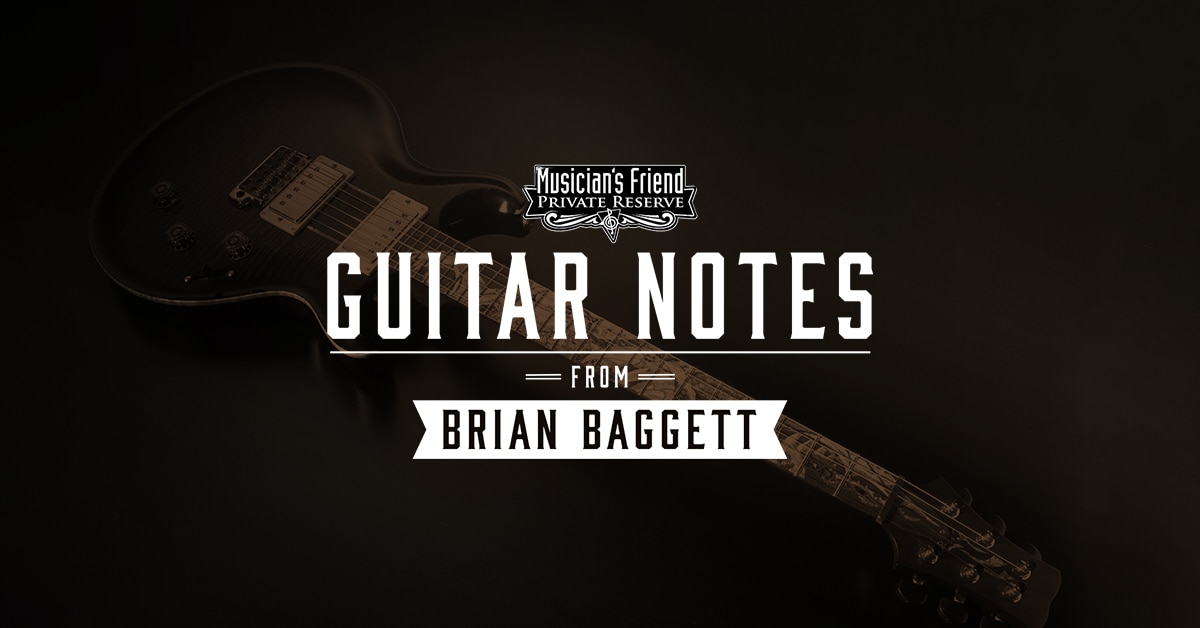Assessing where we are as musicians and what we need to do to get better is sometimes difficult, even overwhelming. This is especially true for those not taking lessons with a teacher. One of the great benefits of lessons is having someone there to assess your playing and tell you what to practice to get better.
For those of us who aren't taking lessons but still want to get better, revisiting fundamentals can give us focus and make practice pay off more. (Check out my earlier Guitar Notes piece, Nothing is Hard, It's Just Unfamiliar, for more insight into practicing.) This time I’ll break down what I call the Four T’s for Music: Tone, Time, Theory and Technique. Read on for ways to practice the Four T’s and apply them in your music.
Tone
Everybody talks tone, but how do we practice tone and use it to our advantage? The best way to practice tone is by listening to others and then trying to dial in their tone. In addition to overdrive and EQ, try matching the reverb, delay, modulation, compression, etc. Remember that touch and dynamics also have a huge impact on tone. Try to get the tone of other guitarists in your hands as well as the equipment. In playing situations, match your tone to the song and the sound of the group. If you’re playing a cover, see how closely you can get to the guitar tone on the original version.

Even these stunning PRS guitars need a good guitarist’s attention to tone in order to achieve their full potential
Time
Music relies on time for tempo, feel, groove and more. Like tone, a musician's time or feel can be legendary. Some players associated with great time include Ray Brown, Elvin Jones, Alex Van Halen, Billy Gibbons, John Bonham, John Scofield and many more. Practicing time with a metronome is a great way to begin understanding what an intense focus on time feels like.
Locking in at all times and in all divisions of the beat promotes a good time feel. In playing situations, focus on accuracy and also experiment with different subdivisions for your parts. For example, playing triplets in your solo or a quarter note rhythm part that goes into eighth notes for the second half of each verse. Time is a powerful tool in music. Check out my Build Your Rhythm IQ Guitar Notes for more on time studies.
Theory
Logical motions, variations and melody is made easier with music theory. Some ways to practice music theory on guitar include working on chord/scale relationships, multiple chord voicings or inversions, and playing the chords of the major scale. In playing situations, use theory to hear progressions, write progressions and compose melodies. Basic chord inversions are great for coming up with interesting rhythm guitar parts. Check out my Making The Changes for more on using theory to develop guitar parts.
Technique
Technique is what we use to execute tone, time and theory. Technique is like muscle: Some people make muscle building a top priority for its own sake while others build muscle to achieve other goals, like winning the Super Bowl.
Too much technique can be a distraction from the music’s emotional and melodic intent but we must develop technique to get our musical concepts out. To sharpen your technique, here are a few areas to look at:
Right hand - picking with the flatpick, hybrid picking, fingerpicking and dynamics
Left hand - vibrato, touch, fingerings, hammer ons and pull offs
In playing situations, determine what technique will give you the best tone for the style of music you're playing. For example, you might use a light touch and no vibrato for a jazz part or pick hard and use a lot of vibrato for a blues guitar part.
So there you have the Four T’s for Music: Tone, Time, Theory and Technique. While it’s a good idea to focus on just one or two of these at a time, don’t neglect any of the four T’s in playing situations. Give these fundamentals some attention and see what they can do for you and your music.
Until next time, keep playing!

Brian Baggett is Video Presenter for Musician’s Friend Private Reserve Guitars. He curates the Private Reserve guitar collection on video, visits guitar factories and works closely with luthiers and signature artists to gain insight into the greatest guitars being built today. He is also a professional guitarist playing several nights a week in the legendary Kansas City jazz scene. A former jazz guitar professor, Brian continues to teach and has a book and DVD titled "Keys To Unlocking the Fretboard"






































































































































